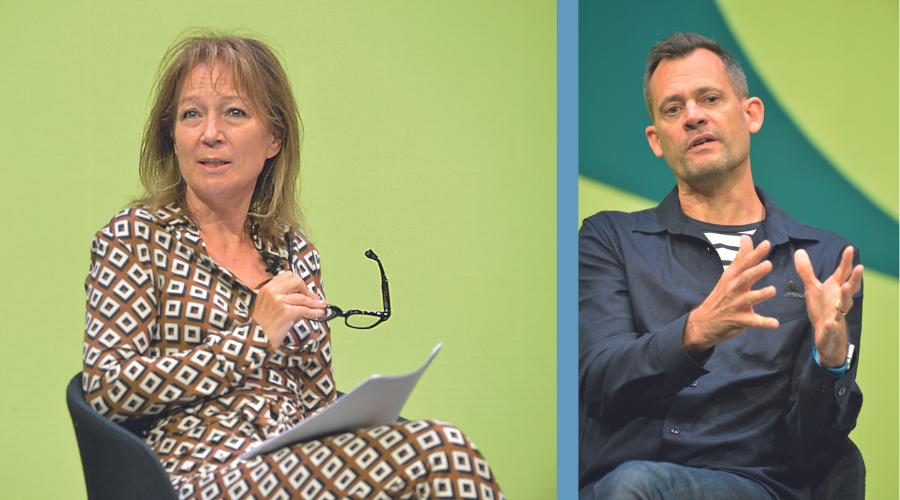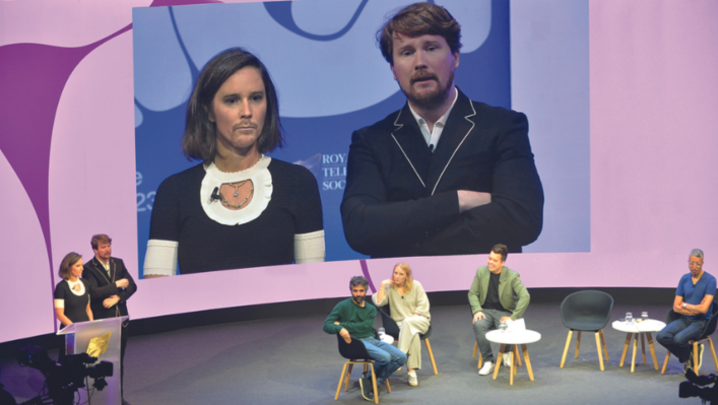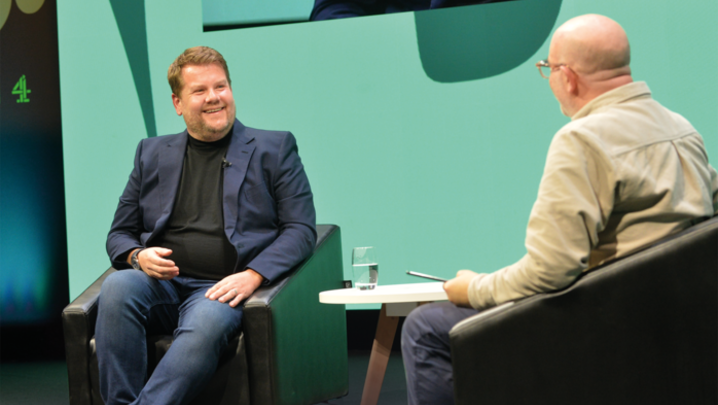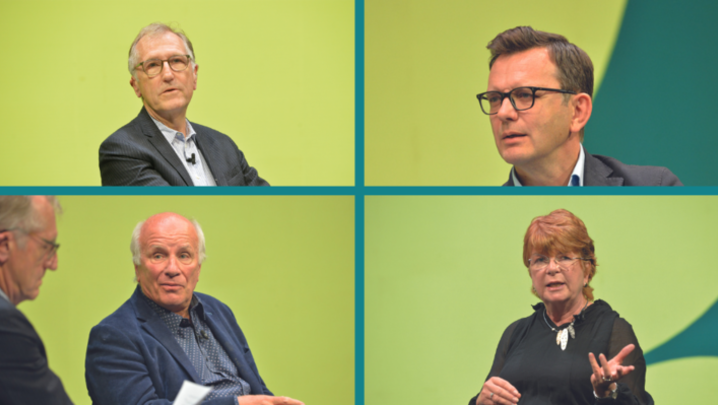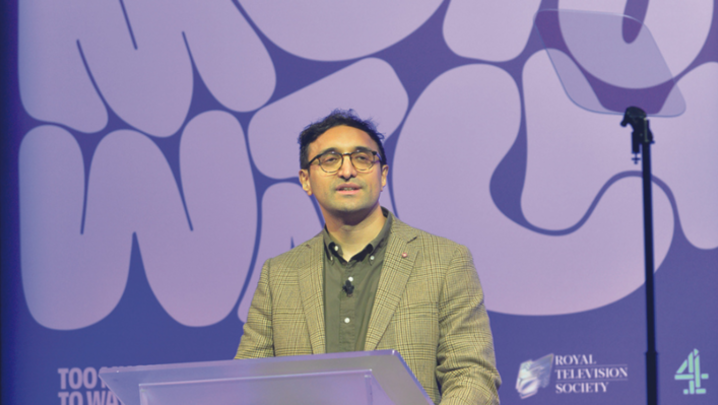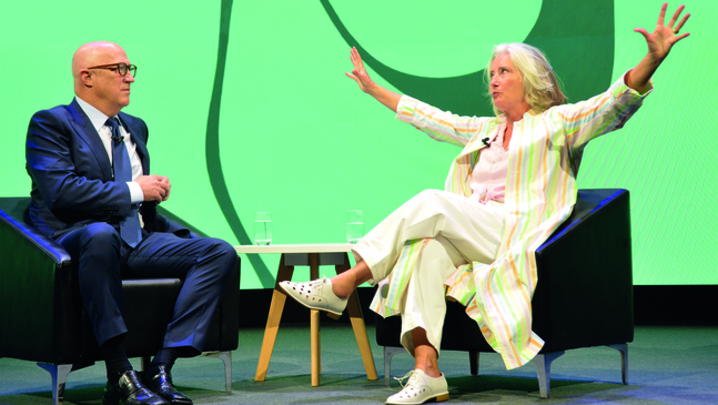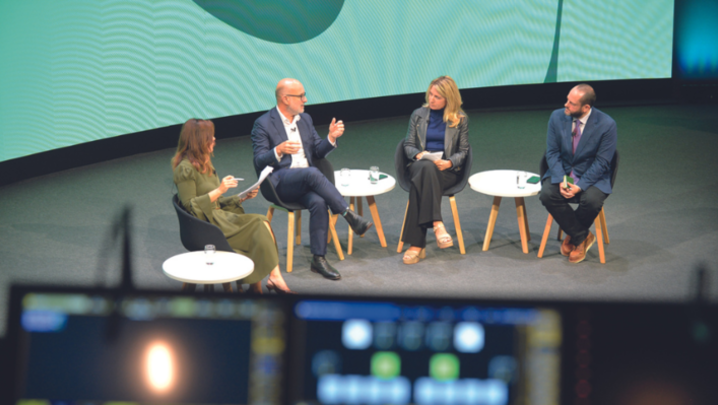How do advertisers reach audiences in an ever-evolving media ecosystem?
Amid the ever-changing media landscape, how can advertisers harness partnerships and consumer insights to give brands more “bang for their buck”? That was the question global branding expert and session chair Rita Clifton wanted answered, along with which factors her panellists thought “will stay the same” and “which will be totally different”.
Saatchi & Saatchi’s Chief Strategy Officer, Richard Huntington – the author, Clifton revealed, of a research paper this year called, “What the fuck is going on?” – thought the fundamental principles of advertising would remain the same. “Humanity evolves over glacial periods of time,” he said. “When we think about the desires and needs, we’re talking about the same human beings.”
However, he cautioned that it is “largely technology that changes things.… We’re witnessing a movement from a period in which marketing was very much about affinity – ‘These are my values as a brand; are they your values?’ – [to now,] when it’s predominantly about technology.”
Another element that remains the same, according to Channel 4’s Chief Revenue Officer, Veriça Djurdjevic, is that “brands will still want to be famous, and they will want to be present in everyday lives. So that means they’ll want to reach large numbers of people very quickly.”
Equally, she said, consumers will still be in distinct groups depending on their interests, life stage or where they live, so “personalisation is going to take different forms”.
Spotify’s Head of Sales, EMEA, Rak Patel, agreed that “there are some things that won’t change at all”, adding that, at his company, innovation and connection were important. “In the world we live in today, connection is critical. If you take a platform such as Spotify, we are with our fans 24/7.”
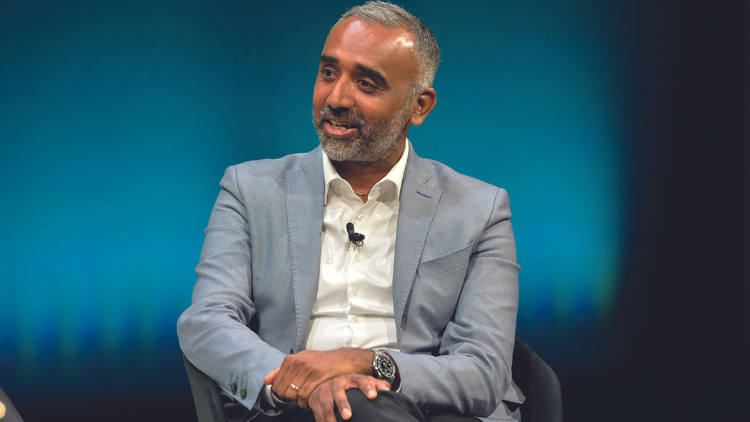
Patel said individualised, not mass, personalisation is also crucial: “It’s not about ‘Can you find me?’, it’s about ‘Do you get me?’ – that’s where we’re going.”
Clifton remembered an MBA textbook, Marketing Warfare, which talked about ambushing the consumer and using guerrilla marketing. She advocated building relationships rather than engaging consumers in a war.
She also wondered whether, in the so-called “attention economy”, where so many media sources are competing for people’s attention, it was becoming “easier, or harder, to engage”.
Djurdjevic said that studying Channel 4 audiences’ behaviour was helpful: “The quality of the attention at different moments and in different mindsets is very important” to advertisers, broadcasters and content owners.
Potentially, it could be harder because there were so many different channels to consider and different kinds of attention. “But I do think [that looking at] where and how that advertising experience fits, we can potentially create things that are better for our viewers as well as doing the best for the brand,” she said.
Djurdjevic said the experience of watching Gogglebox on a Friday night is “often a shared experience. It certainly is in my house. We sit down and watch it together,” so the advertising, “can be a bit more expansive… more creative and tell a story in a different way. We’ve had brands that have done that brilliantly. John Lewis is one very good example.”
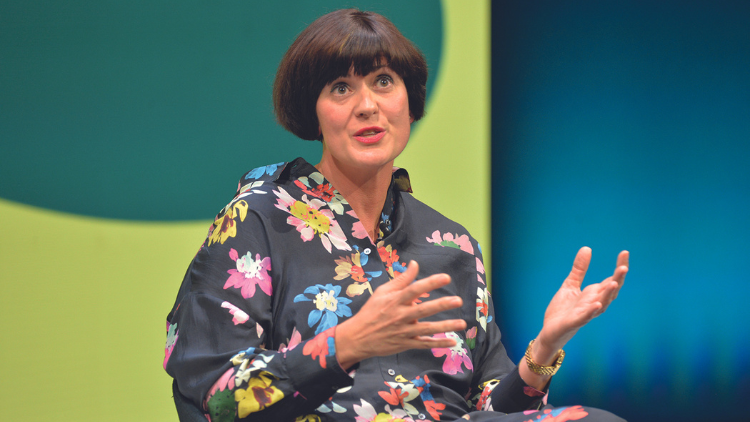
However, at 8:00pm on a weekday, she said: “People are often also doing their shopping online while they’re watching.” It was important to consider: “How can we work with brands to take advantage of that? Brands and their agencies need a deep understanding of how audiences engage, combined with thinking: ‘What’s the most creative and engaging way I can be part of that.’”
Patel agreed: “Marrying consumer experience with advertising experience is sacrosanct.”
He pointed to a campaign Spotify did with Channel 4 to tell younger audiences that the broadcaster had dropped the All 4 name it had used for its online service in favour of Channel 4. The rebranding was represented to them via recommendations of hit Channel 4 shows a user might want to watch – such as Friday Night Dinner – based on their musical tastes and listening habits.
They were accompanied by audio notes, 150 of which were recorded by the radio presenter Nick Grimshaw. Patel joked: “Now we have AI, we might not need him for that long.”
As the audience, mindful of the striking US actors’ position on AI, drew a sharp intake of breath, Clifton shot back: “Fighting talk!”
Huntington was keen to point out that the industry has failed “to build a medium as powerful as TV as an advertising vehicle”. He said that advertising and TV are like a “marriage made in heaven” and “one of our failings is that, as attention gets fragmented in all its forms, we haven’t replaced it”.
Clifton moved on to consumer insights. She said that “insight is such an overused word” in advertising, but asked whether it could be combined with gut instinct and machine learning to help brands.
Huntington argued that insight is “the engine that makes everything work. It’s the connection” that recognises in people “something that’s fundamental and important to them”.
Insight, moreover, was where content and advertising met because both were trying to “reveal something about humanity or the way things work. It’s a fundamental source of connection.”
Huntington pointed to a successful Direct Line advertising campaign that used Harvey Keitel’s Pulp Fiction character Winston Wolfe (who cleans things up), to tap into the fact that consumers want insurance not just to get their money back, but to “put things back like they never happened”.
Channel 4, armed with the knowledge from the programmes it makes and the relationships it has with its audience, is able to “speak to brands and advertisers… and reflect back a bit about modern Britain”, said Djurdjevic.
New ways to engage media users are being explored, including the use of AI. Patel said Spotify uses “streaming intelligence”, which “powers everything we do”. The service has also just launched AI DJ. “This is a personalised DJ that 551 million users have,” said Patel, adding: “I only listen to AI DJ now.”
The AI is now, apparently, an employee at Spotify and, like Patel, has a sense of humour. Patel listens only to house music but, on April Fool’s Day, he said: “AI DJ started playing me classical music… then, after 10 seconds, he said: ‘April Fool!’”
Clifton concluded that, hopefully, there would be a future for advertising but, “bearing in mind that lots of people think advertising is populated by Dr Evils… trying to ruin everything”, she wondered if advertising was “saving the world or accelerating its destruction”?
Huntington said it can “save us if we want it to” and that “we’re children of capitalism”. Patel said it can provide education and entertainment, suggesting that Spotify’s music can make people feel calm.
To which Clifton quipped: “We’re all going into oblivion, listening to some wonderful music.”
Session Seven of the Too Much To Watch convention, ‘The Future of Advertising’, was chaired by global branding expert Rita Clifton CBE. The panellists were: Veriça Djurdjevic, Chief Revenue Officer, Channel 4; Richard Huntington, Chief Strategy Officer, Saatchi & Saatchi; and Rak Patel, Head of Sales, EMEA, Spotify. The producer was Helen Scott.

